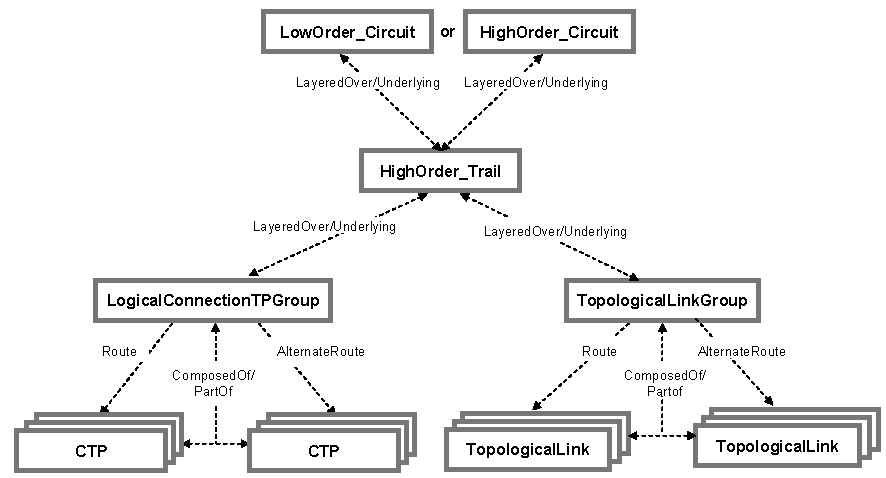Unidirectional Path Switch Ring (UPSR) or Subnetwork Connection Protection (SNCP) is a path protection scheme used in SONET/SDH rings. Nodes are connected via bidirectional lines to form a ring.
This protection scheme offers 1+1 protection for each logical connection configured across the ring. Thus SONET path traffic (STSn) or SDH path traffic (VC3,VC4, VC4-nC) is bridged at the source logical termination point and traverses the ring in both directions towards its destination node. At the destination node, one of the paths is selected based on standard switching criteria. Thus, if a signal on one path is lost or significantly degraded, the destination switch automatically selects the signal on the alternate path.
Physical configuration of the UPSR/SNCP group shows the physical configuration of the USPR/SNCP Protection Group, in which traffic is bridged at the source node. This traffic takes alternate paths around the ring and is finally selected at the destination node. The protection occurs at the destination, where the path overheads of the alternate paths are monitored for the purpose of switching to the path with better quality.

Classes and relationships used in UPSR/SNCP protection shows the classes and relationships used to model UPSR/SNCP protection.
The HighOrder_Circuit or LowOrder_Circuit that travels across a ring that implements UPSR/SNCP is LayeredOver a HighOrder_Trail. The HighOrder_Trail is LayeredOver a TopologicalLinkGroup or a LogicalConnectionTPGroup object. Either has a Route and AlternateRoute relationship with a set of CTP objects, which are part of the working route the protection route, respectively.
